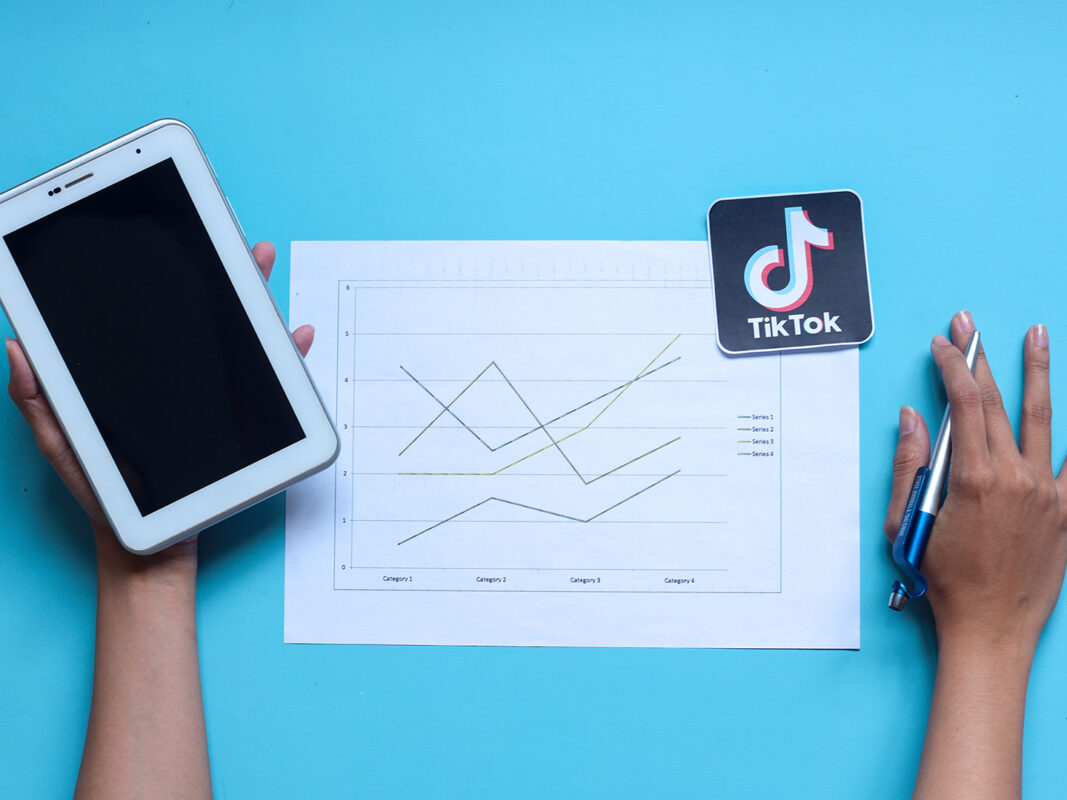In every business, big or small, strategy is what determines success. A well-structured marketing plan is not just a document, but the roadmap that defines how you will reach your customers, how you will stand out from the competition, and how you will achieve your business goals.
In today’s article, we’ll analyze what a marketing plan is, what steps it includes, and how you can design a strategic marketing plan that delivers real results.
What is a Marketing Plan?
The marketing plan is a strategic blueprint that outlines the actions a business will take to promote its products or services. The key points included in a marketing plan are market analysis, goal development, the selection of strategies and tools to be used, as well as the KPIs by which the plan’s success will be measured.
Simply put, it is the guide that shows you where you are today, where you want to go, and which path you will follow.
Why do you need a strategic marketing plan?
Without a strategy, marketing is like playing a game blindfolded. A strategic marketing plan helps you:
Define your target audience clearly.
Avoid wasting resources on ineffective actions.
Measure the performance of each campaign.
Create consistency in your brand communication.
It is the key to aligning your entire team around common, measurable goals.
The key steps to creating a Marketing Plan
- Market and competition analysis
Start with detailed market research. Who are your competitors? What are they doing well and where are they lacking?
Use tools like Google Trends, SEMrush, or even simple customer surveys to map the environment in which your business operates.
- Defining buyer personas
It’s not enough to know who your target audience is. You need to create a buyer persona—semi-fictional profiles that represent your ideal customer.
When creating the buyer persona, highlight the demographics you’ll target (gender, age, location, income), their interests, and the communication channels where you can find them. These details will shape your communication tone, the channels you’ll use, and the core message of your strategy.
- Setting SMART goals
SMART goals are an acronym representing the characteristics your plan must have to ensure proper evaluation. Each letter stands for:
Specific: The goal should have a clear purpose that results from a particular action. For example, “we want to increase leads from the website contact form.”
Measurable: A goal that can’t be measured can’t be confirmed as effective. Set specific numbers (e.g. +25% traffic, 100 new newsletter sign-ups, 15% decrease in CPC).
Achievable: Goals should be based on real data and resources. A brand just starting out can’t realistically aim for 1 million followers in 3 months. Excessive expectations lead to disappointment and poor decisions.
Relevant: The goal must serve the broader business purpose. For example, if your company focuses on B2B clients, then TikTok engagement might be less relevant than lead generation through LinkedIn.
Time-bound: Every goal needs a deadline. A strict timeline provides a clear evaluation point. For example, “within 6 months,” “in one quarter,” “by year’s end.”
SMART goal example:
“To increase organic leads from the website contact form by 25% over the next 6 months, using SEO optimizations and creating blog content targeting long-tail keywords relevant to our industry.”
By setting SMART goals, the marketing plan becomes a practical tool that aligns the entire team with a clear focus.
- Strategies and communication channels
Choose which channels to use: SEO, social media, email marketing, digital ads. Each business has different needs, so tailor your choices to your specific KPIs. - Budget & KPIs
Set your budget and the KPIs you’ll measure in advance. Some of the key metrics to consider include CPL (Cost per Lead), CAC (Customer Acquisition Cost), and ROI (Return on Investment). That way, you’ll know what’s working and what isn’t.
If you’re a small business, you probably don’t have unlimited resources. But that doesn’t mean you can’t create a marketing plan—quite the opposite!
Having a plan is crucial for making the most of your resources. You can focus on low-cost yet effective channels like SEO and social media, which can yield significant results at a lower cost.
Your main goal should be to create content that truly adds value for your audience, such as blogs and educational videos, which will strengthen your business’s credibility and reputation. Gradually implement your actions and constantly measure the results so you can adjust your strategy based on the data.
The most important thing is to get started and remain consistent—because consistency is what leads to long-term success.
At Pylarinos Advertising agency, we can help you by creating a personalized marketing plan that combines strategic thinking, creativity, and a data-driven methodology.
If you want your business to stand out, contact us today.













